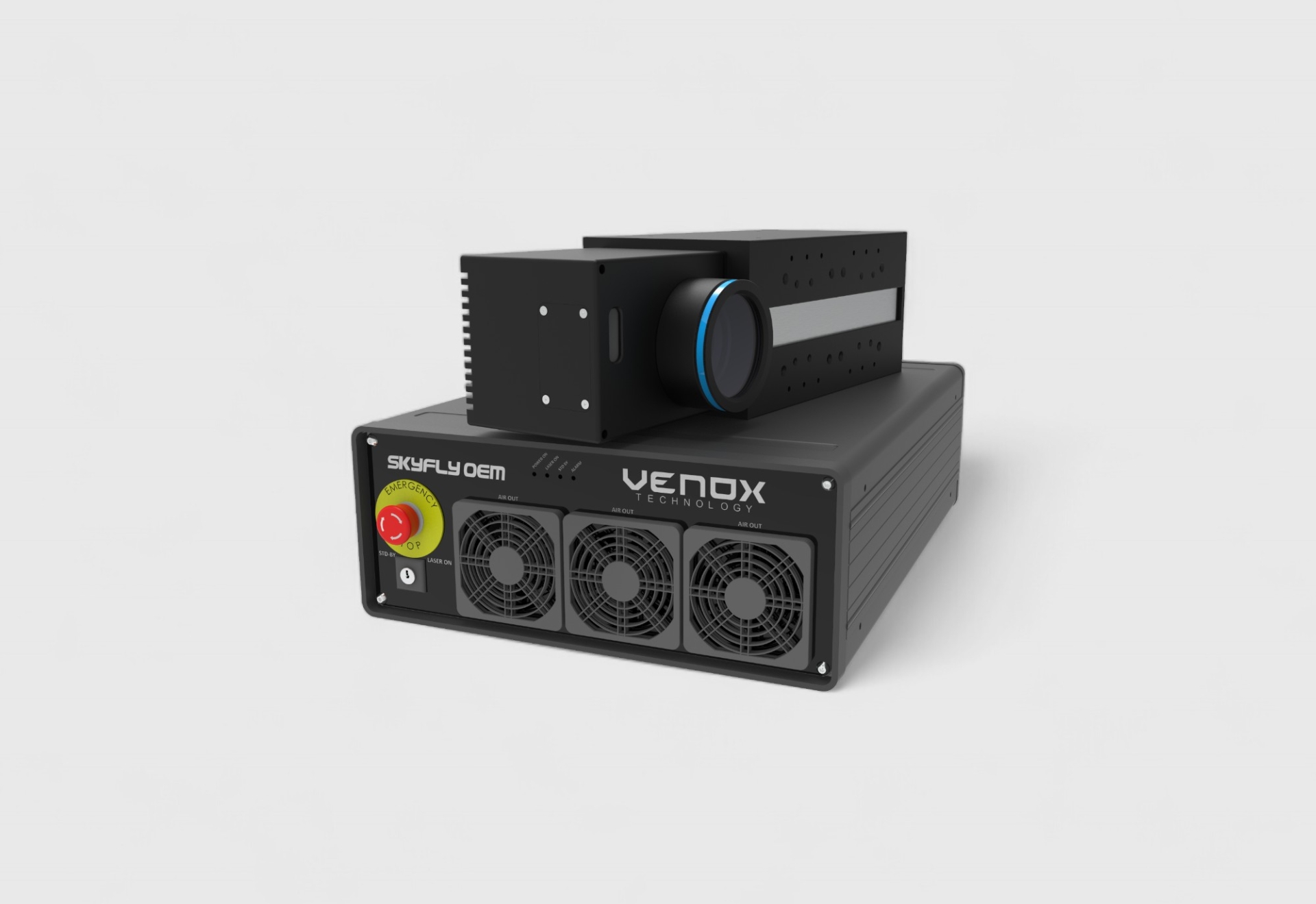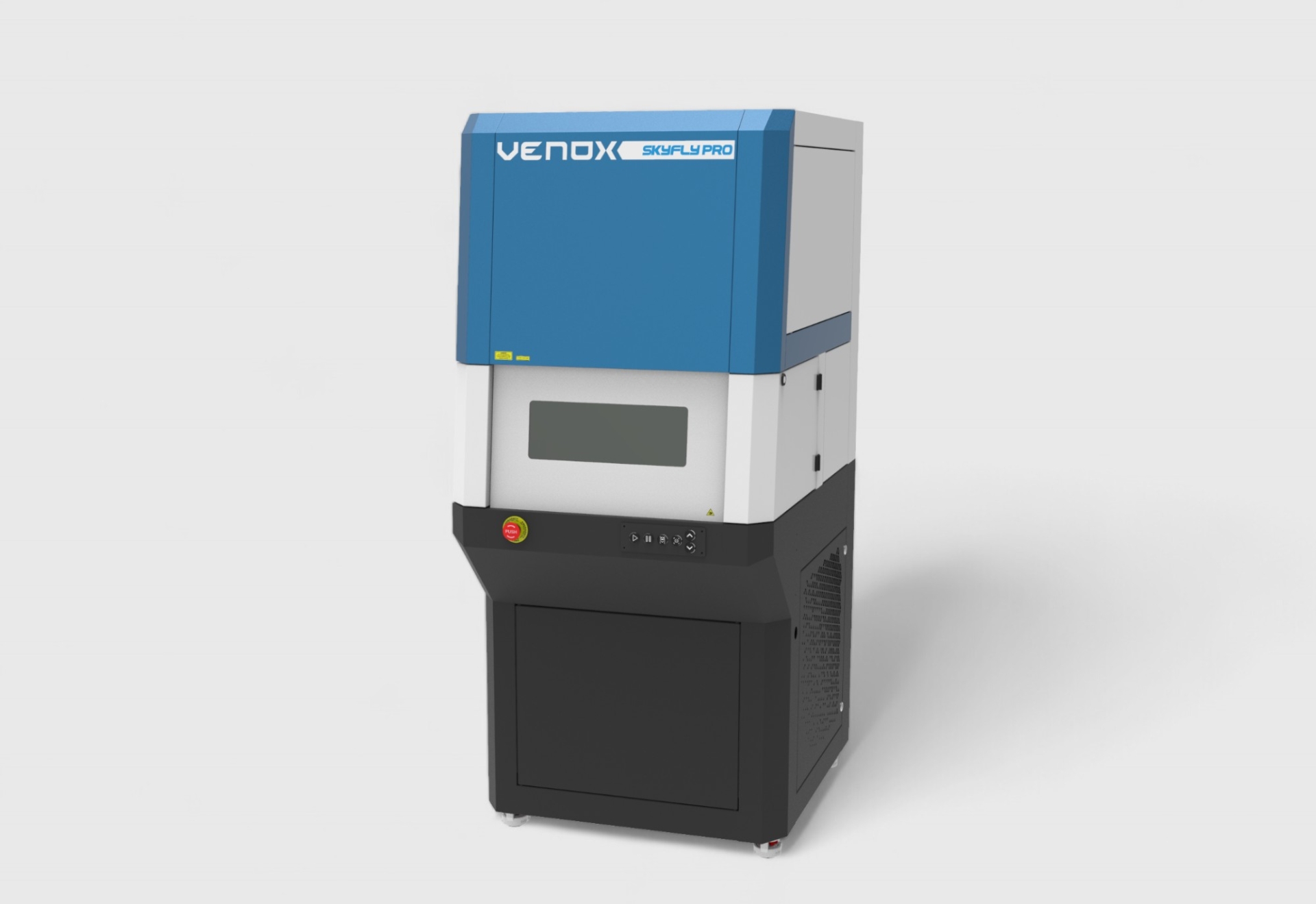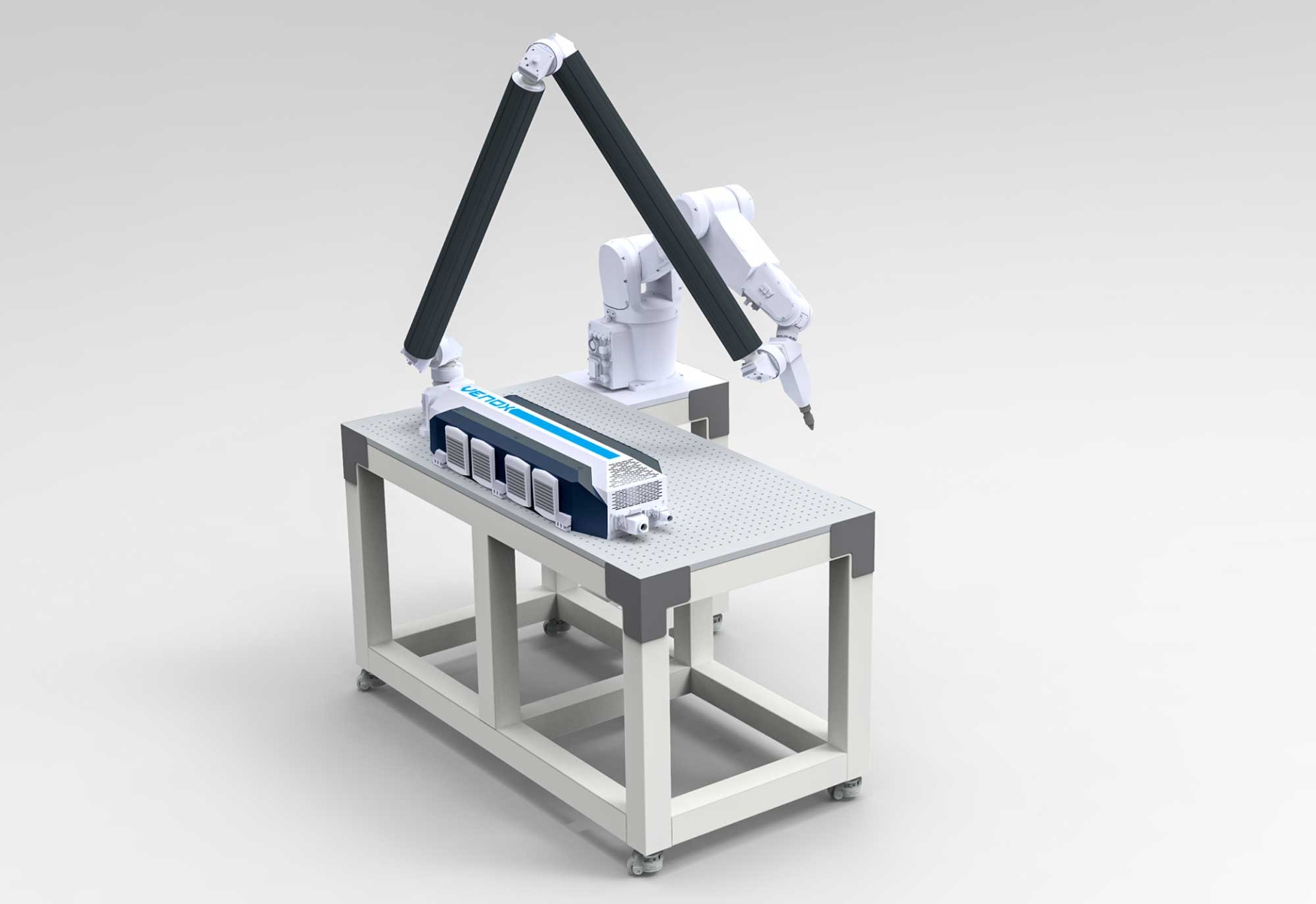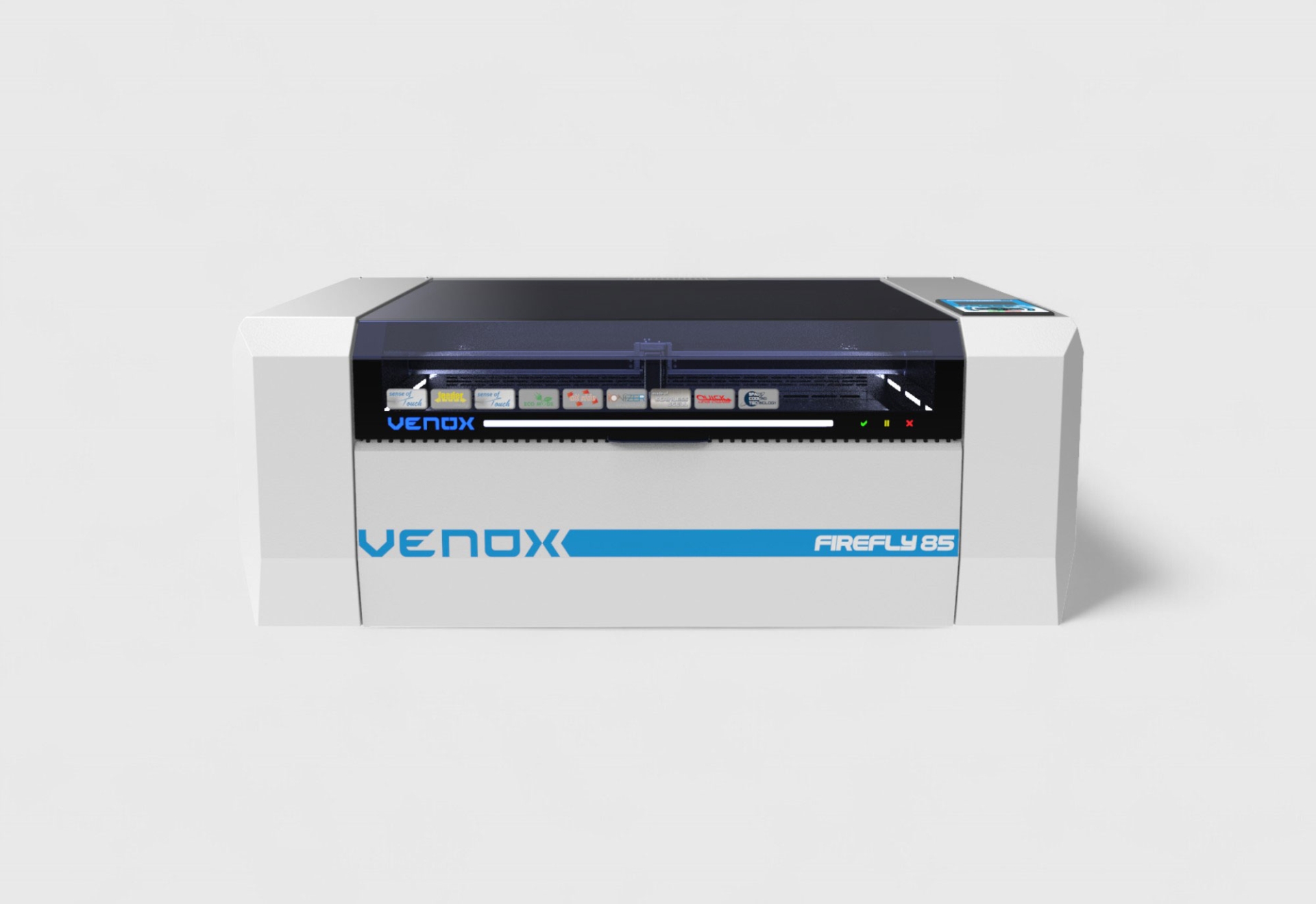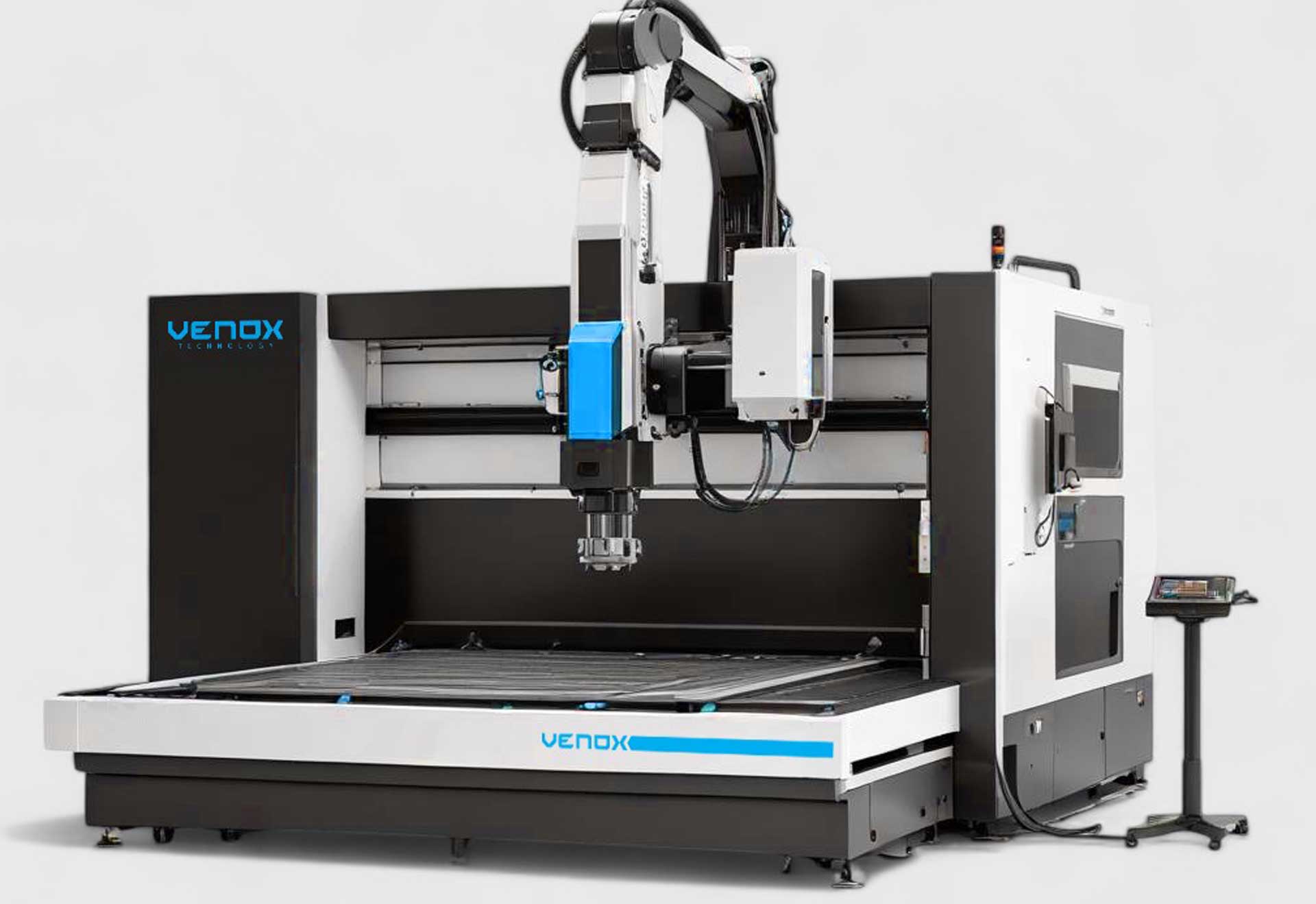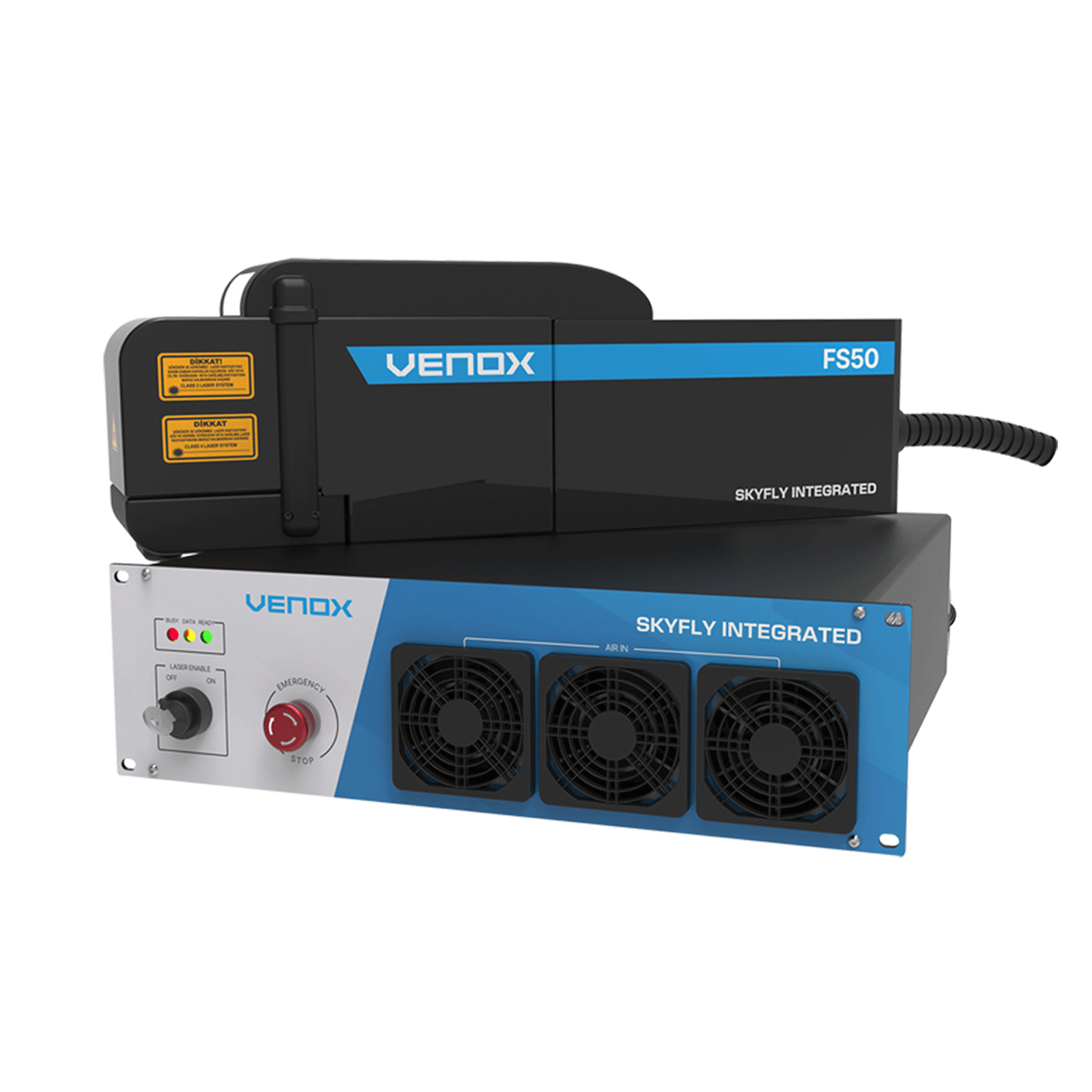What Is Epoxy Laser Removal?
Definition
Epoxy laser removal is the process of removing epoxy coatings from a surface with a laser beam. This method enables eco-friendly, fast, and precise cleaning of epoxy paints and coatings commonly used in industry.
Working Principle
The laser beam lifts the epoxy layer with micron-level precision. Controlled ablation occurs on the surface, making the underlying material (metal, plastic, ceramic, etc.) visible.
Advantages of Epoxy Laser Removal
No Chemicals Required
Instead of solvents and abrasive chemicals used in traditional coating removal methods, processing is done with a laser. Thus, no harm is caused to the environment.
Precision
The laser beam affects only the targeted areas, so the rest of the surface remains undamaged.
Durable and Reliable Solution
When the epoxy coating is completely removed, a clean surface is obtained for recoating or marking.
Low Cost and Efficiency
Since there is no need for chemicals, sanding, or abrasives, maintenance costs decrease and processing time shortens.
Applications
Automotive Industry
Epoxy-coated metal parts are laser-cleaned and prepared for repainting or marking.
Electronics and PCB Production
The laser removal method is used to open specific regions on epoxy-coated circuit boards.
Medical Devices
Permanent marking can be performed via laser removal on epoxy-coated devices suitable for sterilisation.
Energy and Defense Industry
A reliable method for identifying or re-processing epoxy-coated parts.
Epoxy Laser Removal Methods
Selective Removal
Only the epoxy layer in designated areas is removed. This method is often preferred for logos and serial numbers.
Full Coating Removal
The epoxy coating is completely removed and the surface is made ready for re-processing.
Layered Removal
Thick epoxy layers are removed gradually to protect the surface.
Technical Specifications
Laser Type
Fiber lasers are generally preferred. For applications requiring high precision, UV lasers can also be used.
Precision and Detail
Provides micron-level precision. Thanks to this feature, barcodes, QR codes, and fine patterns can be removed from the epoxy layer.
Marking Area
Various working areas are available to suit different production requirements, from 100×100 mm to 300×300 mm.
Automation Integration
For mass-production facilities, it is integrated into in-line laser marking systems to ensure high efficiency.
Machine Selection Criteria
Type and Thickness of Coating
The laser power should be selected in accordance with the thickness and structure of the epoxy coating.
Substrate Type
If the underlying surface is metal, a fiber laser is suitable; if it is plastic or glass, UV laser machines are more appropriate.
Production Capacity
For low-scale jobs, desktop machines should be preferred; for high-volume production, industrial laser machines are recommended.
Quality Control
Post-process surface cleanliness and mark clarity should be checked with vision systems.
